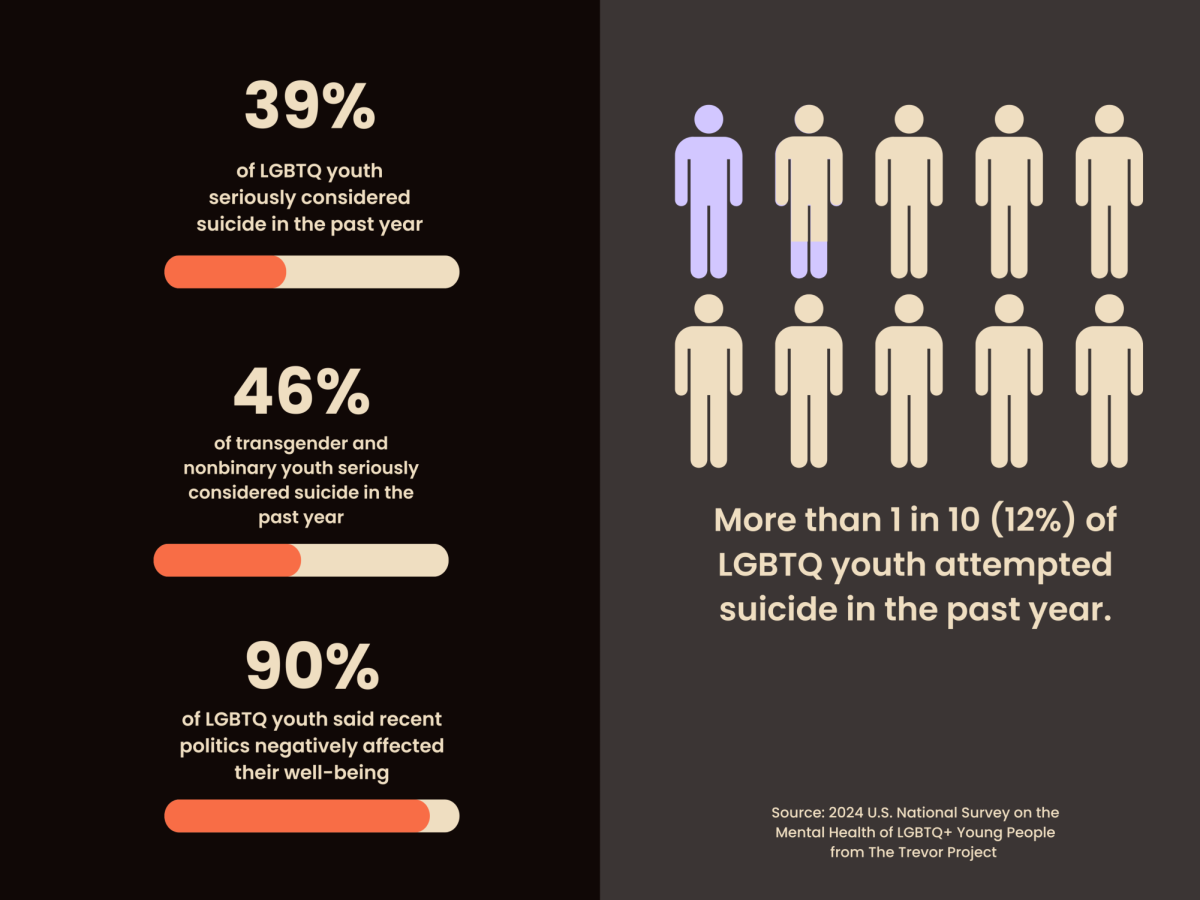On average, three women are killed by a current or former partner every day in the United States, and nearly two-thirds of those domestic violence homicides were committed with a firearm. The presence of a gun in a domestic violence situation increases the risk of homicide by 500%. In 1994, Congress looked at similar statistics and passed the Violence Against Women Act (VAWA). If a court issued a domestic violence restraining order, the person had to give up their guns and ammunition.
This fall, the Supreme Court will decide whether the Violence Against Women Act is unconstitutional. Zackey Rahimi assaulted his girlfriend (called CM by the courts) in a parking lot, shot his gun in the air and later threatened to shoot CM if she told anyone. He claims VAWA deprives him of his Second Amendment right to “keep and bear” firearms.
United States v. Rahimi has been framed as a case about Second Amendment rights, but it is equally about the 32,900 incidents of non-fatal gun-involved intimate partner violence every year (90 per day) and more than 20,000 phone calls placed to domestic violence hotlines each day. Overturning VAWA would pose a serious threat to public safety and curtail the power of Congress to protect “the people,” especially women.
It is impossible to overstate how this case has trivialized domestic violence. In his majority opinion for the 5th Circuit Court of Appeals, Judge Cory T. Wilson concedes Rahimi is not a “model citizen,” but insists Rahimi is part of “the people” whose rights to “keep and bear arms,” cannot be limited by a restraining order in a domestic abuse case. Wilson does not discuss domestic abuse or what happened to CM in the parking lot. Instead, he insists Congress is the threat. He foresees Congress “stripping” speeders or “people who do not recycle or drive an electric vehicle” of their right to keep and bear arms.
In a separate opinion, Judge James C. Ho claims restraining orders are issued without any actual threat or danger (which is factually false) and they are “tactical devices” used in divorce proceedings. Ho includes an anecdote about David Letterman (which is strange because his accuser did not have a domestic violence restraining order). Wilson and Ho do not discuss the evidence Congress used to write the law, the number of victims of intimate partner violence traumatized, maimed and killed by firearms or the strict requirements to obtain a domestic abuse restraining order. Most importantly, they do not include data proving these restraining orders save lives by reducing intimate partner homicides.
Why would federal judges compare domestic violence to recycling or portray victims as lying to help their divorce? April Zeoli, Ph.D., a firearms and domestic violence expert at the University of Michigan, told the New Books Network, the “specter of the vengeful woman is so strong and so persuasive that we would rather believe that a woman is lying about abuse than [that] a man would abuse.” This myth of a vengeful woman—so apparent in the federal court’s opinions—silences women who suspect they will not be believed when they report domestic abuse.
This case will soon be heard by the Supreme Court. Now is the time for the public, legislators, executives, scholars and medical professionals who treat domestic violence survivors to let our representatives know what we think. Take a few minutes and write to your senator!






































